Return to Sport
Updated:
For most injuries, a graduated return to sport can occur in the final stages of rehabilitation, provided there is no increase in symptoms. This transition should be carefully monitored by the treating physiotherapist to minimise the risk of injury recurrence and maximise the chance of a successful return to sport.
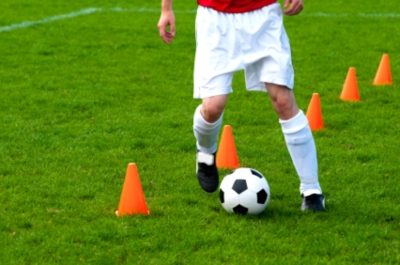
The stages involved in returning to sport (particularly land based running sports) may involve some or all of the following stages (these should ideally be preceded and concluded with an appropriate warm up and cool down to minimise the likelihood of injury aggravation and to improve recovery following sessions):
Return to Running
For land based sports which involve running, a ‘Return to Running Program’ following injury is usually appropriate once adequate healing has occurred. The timing and commencement of this program should be discussed with the treating physiotherapist and will vary depending on the injury type, severity and quality of rehabilitation. The ‘Return to Running Program’ is designed to slowly return patients to running following injury in a graduated and progressive manner. This gradual, progressive approach gives the body an opportunity to continue healing without causing further damage. View the ‘Return to Running Program’.
Return to Sprinting – Acceleration Deceleration Drills
For patients involved in fast paced running sports, involving rapid acceleration, such as football, basketball, field hockey, netball etc, acceleration/deceleration training drills are an important part of the rehabilitation process to recondition the body, and any repairing tissue, to these activities. These drills can generally be commenced once the patient has successfully returned to jogging in straight lines (ideally for periods of greater than 20 minutes at a time) pain-free. Progressive acceleration/deceleration conditioning drills help improve sports performance and minimise the risk of injury recurrence. These types of drills are particularly important following injuries to the joints and muscles involved in controlling these acceleration and deceleration forces, such as hamstring strains, calfs strains, hip flexor strains, ankle injuries, knee injuries and hip injuries etc. They need to be pain-free and carefully monitored by the treating physiotherapist.
A common acceleration deceleration running drill involves setting out 4 sets of cones dividing the field into 3 equal sections as follows:
| Accelerate | Maintain | Decelerate |
To begin with, the distances between each cone should be approximately 15 – 20 metres (total distance of 45 – 60 metres). In the first third the athlete gradually accelerates to a target percentage of their maximal running intensity (say 50% of a maximum sprint). They then maintain this intensity in the middle third, and then gradually decelerate over the last third. The athlete then walks back to the start and repeats this process over a set number of times (e.g 2 or 3 times to begin with). This training regime should be gradually progressed over a number of days or weeks by increasing the intensity, number of repetitions, or distances (which may be extended or shortened) to create a more match specific training session. This is provided that there is no increase in symptoms during or after training (particularly that night or upon waking the following morning). These changes need to be gradually introduced over a number of sessions and carefully monitored by the treating physiotherapist. Eventually, it is anticipated that the athlete will be completing these drills at 100% (i.e. sprinting).
‘Change of Direction’ – Agility Drills

Members Only ContentBecome a PhysioAdvisor Member to gain full access to this exclusive content. For more details see Become a Member. Already a member? Login Now
Sport Specific Drills

Members Only ContentBecome a PhysioAdvisor Member to gain full access to this exclusive content. For more details see Become a Member. Already a member? Login Now
When Can I Return to Sport?

Members Only ContentBecome a PhysioAdvisor Member to gain full access to this exclusive content. For more details see Become a Member. Already a member? Login Now
 Physiotherapy Products
Physiotherapy Products
Some of the most commonly recommended products by physiotherapists to assist with a safe return to sport following injury include:
-
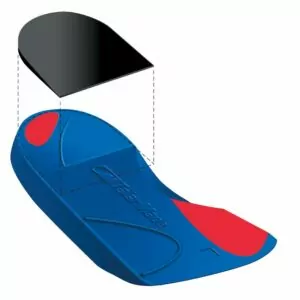 Heel Lifts (Elevators – Talar Made) (Pack of 5 Pairs)
Heel Lifts (Elevators – Talar Made) (Pack of 5 Pairs) -
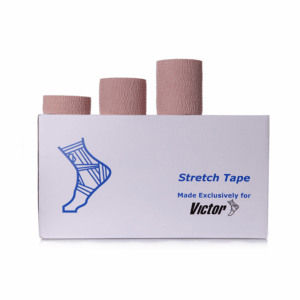 Elastic Adhesive Bandage (Sportstek Victor Stretch Tape)
Elastic Adhesive Bandage (Sportstek Victor Stretch Tape) -
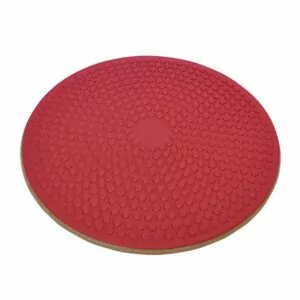 AllCare Wobble Board (Red – ACWOBRD)
AllCare Wobble Board (Red – ACWOBRD) -
 Premium Strapping Tape 38mm (Victor)
Premium Strapping Tape 38mm (Victor) -
 AllCare Spikey Massage Ball
AllCare Spikey Massage Ball -
 AllCare Instant Cold Pack (15 x 25cm)
AllCare Instant Cold Pack (15 x 25cm) -
 AllCare Foam Roller Round
AllCare Foam Roller Round -
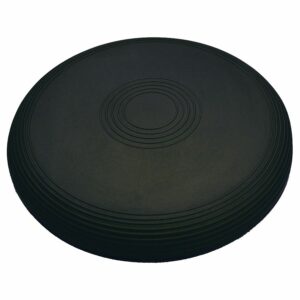 Lournet Stability Dura Disc
Lournet Stability Dura Disc -
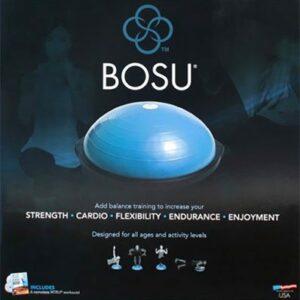 BOSU Ball
BOSU Ball -
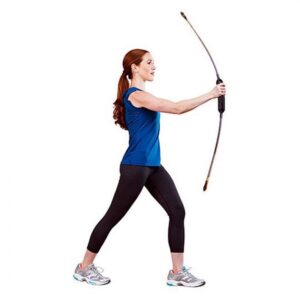 Body Blade
Body Blade
To purchase physiotherapy products to assist with a safe return to sport following injury click on one of the above links or visit the PhysioAdvisor Shop.
 Find a Physio
Find a Physio
Find a physiotherapist in your local area who can assist with a safe return to sport following injury.
 More Information
More Information
- View detailed information on Choosing a Shoe.
- View detailed information on Return to Running Program.
- View detailed information on Warming Up and Cooling Down.
- View detailed information on Taping Techniques and various other Health Topics.
- View detailed information on improving your Bike Setup.
- View Do i Need Orthotics?
- Unsure of your injury? View our Injury Diagnosis Guides.
Become a PhysioAdvisor Member

Link to this Page
If you would like to link to this article on your website, simply copy the code below and add it to your page:
<a href="https://physioadvisor.com.au/health/injury-rehabilitation/return-to-sport”>Return to Sport – PhysioAdvisor.com</a><br/>PhysioAdvisor offers detailed physiotherapy advice and information on how to return to sport following injury.
Return to the top of Return to Sport.

